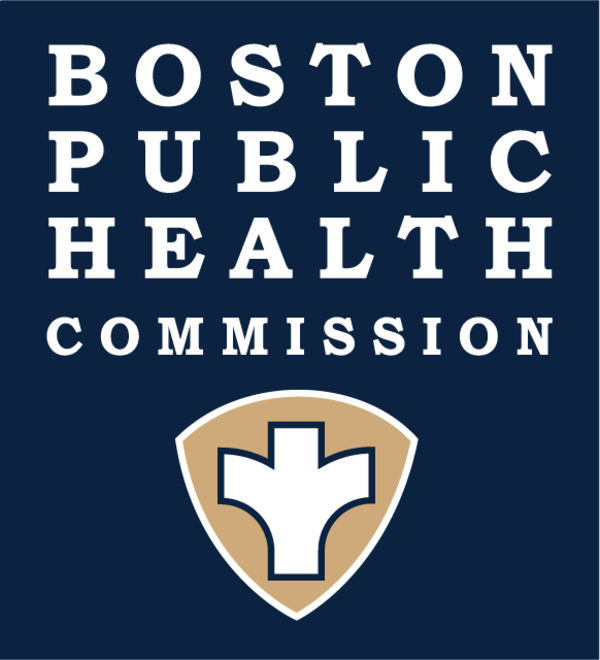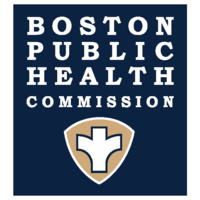Violence Intervention and Prevention (VIP) Initiative
We partner with Boston community organizations, service providers and residents to address and prevent multiple forms of violence and related trauma by supporting strengths and assets so all residents and neighborhoods thrive.
We work in six of Boston's micro-neighborhoods. These neighborhoods have high rates of gun violence, but strong community infrastructure. Each neighborhood we work with has its own resident-coordinated coalition. The coalitions ensure residents have the resources they need. Our coalitions empower residents to be part of the solution. Together, we're creating sustainable change in our communities.
About Us
The Violence Intervention and Prevention (VIP) Initiative is a program of the Office of Violence Prevention at the Boston Public Health Commission. VIP works in 6 micro-neighborhoods averaging 900 households. These neighborhoods have high rates of gun violence but strong community infrastructure. Each VIP neighborhood has its own resident coalition coordinated by a local community organization. VIP coalitions ensure that residents have the knowledge and resources they need. They make residents feel empowered to be part of the solution and create sustained change in their communities.
VIP's goal is to strengthen the ability to prevent violence using community engagement and action. The VIP Initiative works with residents, community leaders, and organizations to meet the following objectives:
- VIP Neighborhood Coalitions recognize and promote neighborhood assets as they determine neighborhood needs.
- Children and youth engage in positive activities, develop leadership skills, and take leadership roles in the neighborhood.
- Residents have equitable access to the necessary resources for physical and emotional wellness.
- The physical environment of the neighborhood encourages outdoor activity and social connection.
- When incidents of violence occur community members lead public actions. They shift norms and expectations about violence and promote community building.



